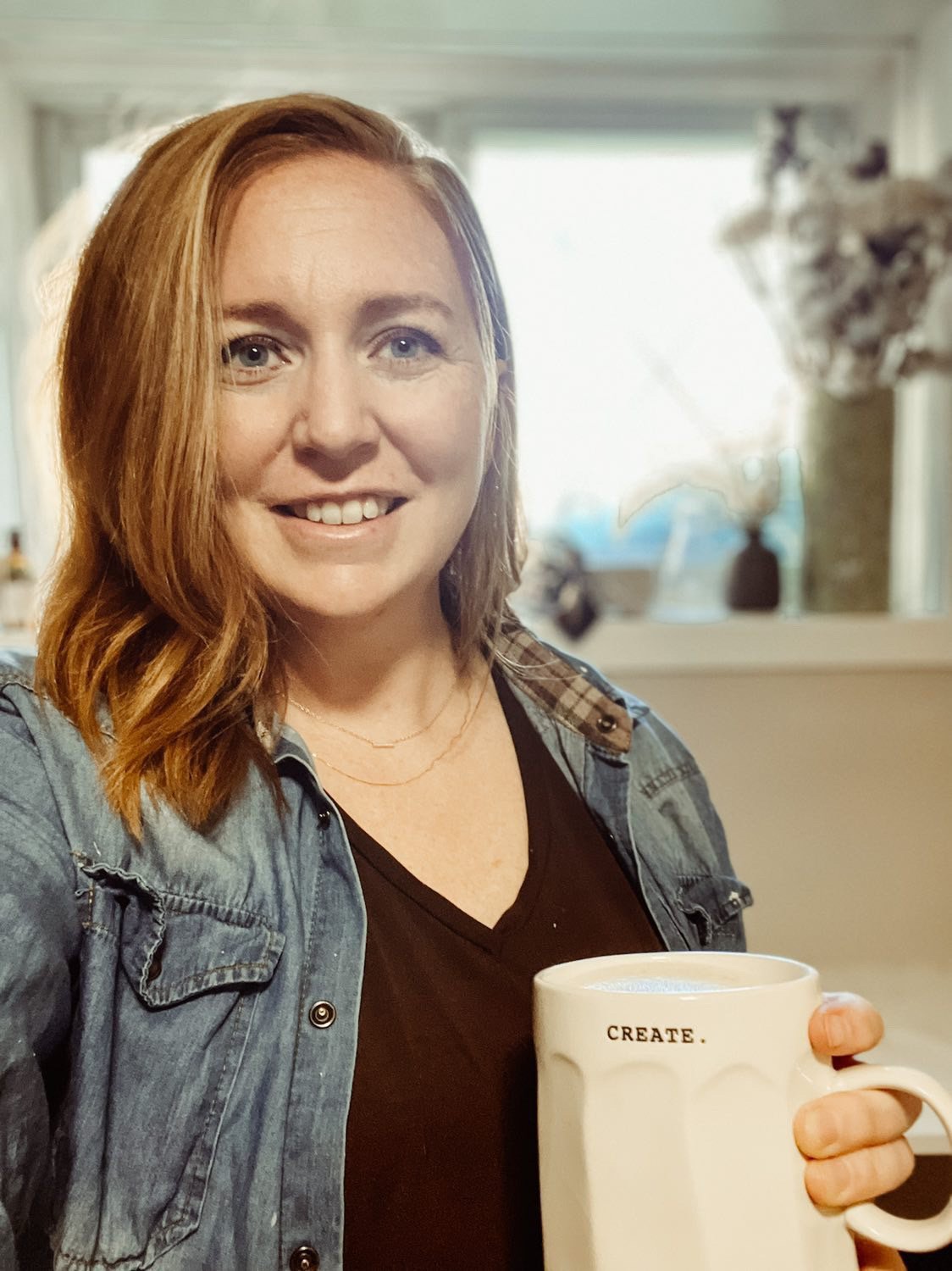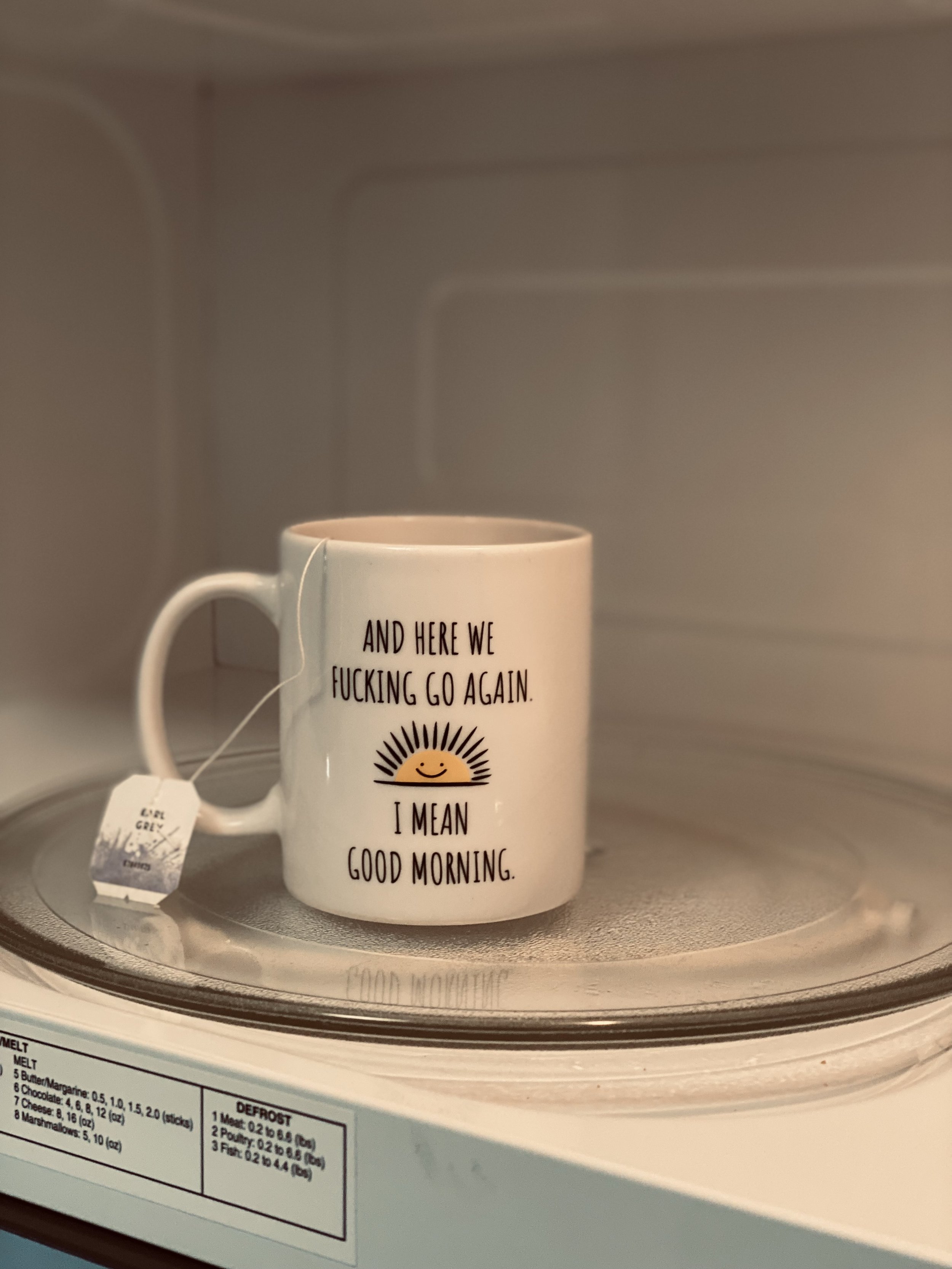Home: Seattle, WA
The ugliness finally came to a head in the post-Obama era: the popped zit and nasty sludge on the face of America is out in the open. A combination of fear, anger and frustration are now front and center.
I’m not going to do an intensive deep dive analysis of everything going on; the entire world is watching our country as it implodes. If you are here, you are already aware.
The right combination of COVID, the economic fallout of a quarantine, the lack of leadership and uncertainty, sprinkled with deliberate injustice – a filmed, “snuff” video that saw a police officer in Minneapolis arresting a man using brute force, kneeling on his neck for 8 minutes and 46 seconds – lit the fuse.
Enough is enough.
The Bad:
I previously spoke about COVID and its’ effect on survivors. The anxiety that it may cut closer to home, left me on edge; I was desperately praying it wouldn’t.
Iowa was one of the handful of states that resisted a full shut down. I saw many of my former schoolhouse peers expressing concern with Gov. Reynolds COVID management or lack thereof.
I come from a working-class background – most of my tribe would be considered “essential employees,” and either stood on the front lines or were furloughed. They don’t have the luxury of working from home.
Black people, working class and poor folk are on the battleground in the service industry and manufacturing. Stocking your shelves, checking your pulse, delivering your food items or Amazon orders. Building your tires, processing your meats, serving your food, providing you with live entertainment.
With increased exposure, I knew it was inevitable; the insidious respiratory disease found its’ way into my family. COVID has the propensity to trigger any underlying health issues – and unfortunately, it did.
As such, the past couple of weeks have been incredibly gut-wrenching, stressful, confusing and terrifying. I am 1,700 miles away in Seattle; it’s not so easy to hop on a plane given our current climate and my own health concerns.
I received the news mid-May. It is now June and my parents are in a stabilized place and doing well but I think about the subsequent effects: what happens after they are cleared? What are the rates of re-infection? Is my family “safe” now? Are we going to send them back into the petri dish? They are 56 and 62, respectively.
We are far from the wealth that could, at least partly, protect us and neither of them can afford to retire early. They have to work. I am frightened and rightly so. Without adequate, dependable leadership at the top, where do we go from here?
Americans are hopeless, depressed, no jobs, no money and my family, in particular is vulnerable: African American, over 50 with latent health concerns, which lead me to…
The Ugly: The World Is On Fire.
The murder of George Floyd in Minneapolis set off a storm of protests across the country, spiraling worldwide. This was not an isolated event – Black people have experienced the injustices and brutality of the police for years on end. Modern policing in this country’s southern states, manifested as a “slave patrol,” catching runaways to return to their “owners.”
We have always had a contentious relationship with law enforcement, however, this incident felt different.
What happened to George Floyd came on the heels of the death of Ahmaud Arbery, the young man shot while jogging and Breonna Taylor who was unlawfully shot in her home, as she slept.
There are countless others.
In the midst of a global pandemic, we rise, putting our lives at risk to express our fury.
Minneapolis, a city I lived in for 5 years, came through with a ‘one-two punch’ and I was proud to see it.
I heard complaints – people pushing back about the looting and rioting, concerned for buildings and things over bodies, “why can’t you do this peacefully?”
We have. It didn’t work. You are not hearing us. Sometimes you have to do extreme shit to be seen.
A viral interview with author Kimberly Jones, breaks down the economic disparities that lead to the civil unrest. Looting and stealing are threaded throughout the fabric of America – did we conveniently forget how we got here?
The stress of being Black in a country that was not built for us to thrive.
The stress of having to fear for your life if someone erroneously calls the cops.
Job opportunities lost because of the hiring manager’s implicit bias.


























